The second-generation modern dancers either continued following their predecessors’ work or went in a different direction by creating new dance techniques, styles, and unorthodox choreographic approaches.
José Limón, originally from Mexico, danced with Doris Humphrey and Charles Weidman. Eventually, Limón would form his own company and ask his mentor, Humphrey, to be the artistic director. Limón expanded on Humphrey’s “fall and recover” technique and emphasized fluid, sequential movement, and the use of breath as the origin and facilitator for movement as a way to approach organic movement. Limón’s legacy is still alive today. His company continues to perform, dancing the repertory of Limón along with new works from artists.
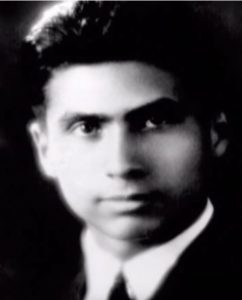
Watch This
There is a Time, based on the historic poem from the Bible, “Ecclesiastes.” This dance contains universal themes describing the human experience.
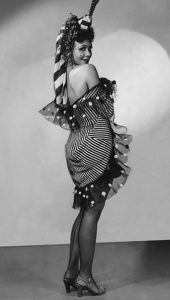
Katherine Dunham was a dancer and trained anthropologist who studied the dances of Haiti and other Caribbean islands. She performed and choreographed for Broadway musicals, movies, and concerts with the company. Dunham developed her technique that drew on principles of the African dance movement, called the “Dunham Technique.” Dunham sought to create dances that represented her African American heritage. Her work extended outside of modern dance, where she choreographed for Hollywood films. She founded a school of dance in New York City in the mid 1940’s.
Watch This
Katherine Dunham’s Carnival of Rhythm, 1941.
Students participate in Dunham Technique. Dunham Technique utilizes classical lines, free movement of the torso that utilizes isolations and undulations, paired with a dynamic range of tempos and rhythmical styles.
L’Ag’Ya. This was Dunham’s signature piece, a story-based folk ballet set in Martinique that combines many dance styles.
Pearl Primus was a trained anthropologist. She secured funding to study dance abroad in Africa and the Caribbean. Primus became a strong voice of African American dance by addressing racism in the United States. One of her most noted works is “Strange Fruit,” based on the poem by Lewis Allan about the lynching of Black people. In 1979, she and her husband established the Pearl Primus Dance Language Institute, which centered classes in various African dance styles. Primus also founded her company, “Earth Theatre,” which toured nationally.
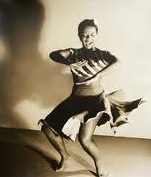
Watch This
Pearl Primus performing solo tabanka teach
Talley Beatty is a Louisiana native born in Shreveport. He was initially a dancer and student of Katherine Dunham and appeared in Broadway shows and films. In 1952, he established his company that toured in the United States and Europe with a program called “Tropicana,” featuring African and Latin American dance styles. Beatty’s choreography centered on themes of African American life. Renowned dance companies, like the Alvin Ailey American Dance Theater and Dance Theatre of Harlem, have restaged his works.
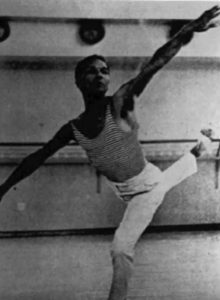
Watch This
In this video, former ADF scholarship student and Alvin Ailey American Dance Theater member Hope Boykin and choreographer and dancer Duane Cyrus speak about their pivotal experiences working with Mr. Beatty on his classic piece Road of the Phoebe Snow (1959).
Donald McKayle was one of the pioneering African American modern dancers to focus on socially conscious works speaking to the experience of Black people in the United States. During the span of his career, McKayle choreographed several masterworks, including “Rainbow Round My Shoulder,” exposing the harsh working conditions of imprisoned Black men set to chain-gang songs. For his tireless contributions, he holds honorable mentions as “one of America’s irreplaceable dance treasures” from the Dance Heritage Coalition.
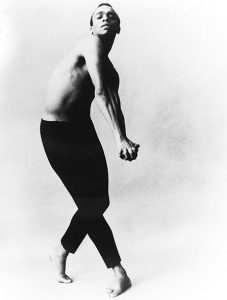
Watch This
This dance is a staging from the Labanotation score.
Alvin Ailey is another important Second Generation dance artist. He studied with Lestor Horton, Katherine Dunham, and Martha Graham. His independent career began after the death of his mentor, Lester Horton. In 1958, he formed The Alvin Ailey American Dance Theater, based in New York. Ailey became an influential voice that brought awareness to the inequalities faced by African-Americans. Ailey was dedicated to highlighting and preserving the African-American experience by drawing inspiration from his heritage, including spirituals, blues, and jazz.

Watch This
Sinner Man an excerpt from Revelations. Ailey used Lester Horton’s technique in many of his dances.
Ailey sought out other African American choreographers to set dances for his company. In the video below, you will see Wayne McGregor’s Chroma, Ronald K. Brown’s Grace, and Robert Battle’s Takademe. It also has Alvin Ailey’s masterpiece Revelations. If you have not seen Revelations before, please watch that at the least.
Watch This
Alvin Ailey American Dance Theatre video online.
https://www.alvinailey.org/performances-tickets/ailey-all-access
Ailey choreographed myriad works. His work Revelations is an American classic. He received many honors in his career for his work in the arts and in civil rights, including the Presidential Medal of Freedom.
Watch This
By turns muscular and lyrical, ‘The River’ is a sweeping full-company work that suggests tumbling rapids and meandering streams on a journey to the sea.
Erick Hawkins initially studied at the School of American Ballet, eventually meeting Martha Graham. Hawkins was the first man invited to perform with Graham’s company. Hawkins created a dance technique that integrated kinesiology principles coupled with what would be later known as somatic studies that connect the body, mind, and soul. He was interested in the body’s natural movements and was inspired by Zen principles, Native Americans, and the beliefs of Isadora Duncan.
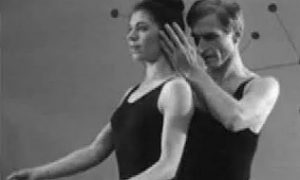
Watch This
Plains Daybreak, inspired by Native American dances and stories.
Paul Taylor danced with Graham’s company for several years. In 1959, he formed the Paul Taylor Dance Company. His choreographic works in modern dance ranged from abstract to satire themes. Eventually, Paul Taylor found his niche in classical modern training with remnants of ballet or a lyrical dance style underpinning the movement. His piece Esplanade has choreography couched in pedestrian movements (plain, everyday movements like walking, skipping, running). You may remember seeing a sample of this in Chapter 2: Elements of Dance.

Watch This
Taylor’s Airs.
Merce Cunningham initially danced with Martha Graham; however, he left to follow his own artistic vision. He formed a creative collaboration with his life partner, John Cage. They experimented with avant-garde ideas that emphasized dance could be independent of music and narrative or as a separate entity. Cunningham developed “chance dance,” in which fragments of choreography were randomly shuffled to create new and spontaneous dances determined by chance acts of rolling dice or flipping a coin. Cunningham also used computer software to aid in generating movement.
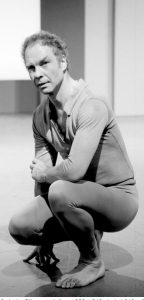
Watch This
the contributions Cunningham made in modern dance.
Merce Cunningham’s Work Process
Alwin Nikolais explored the geometries of form and dance. He created painted glass slides to light his dances like in this video of “Crucible.” He created his own costumes and props and most of the music for his dances, thereby controlling the whole stage environment.
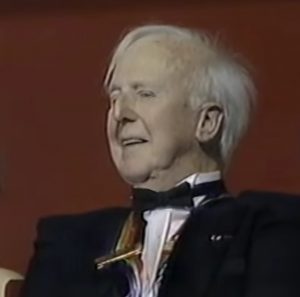
Watch This
Excerpt from Crucible.